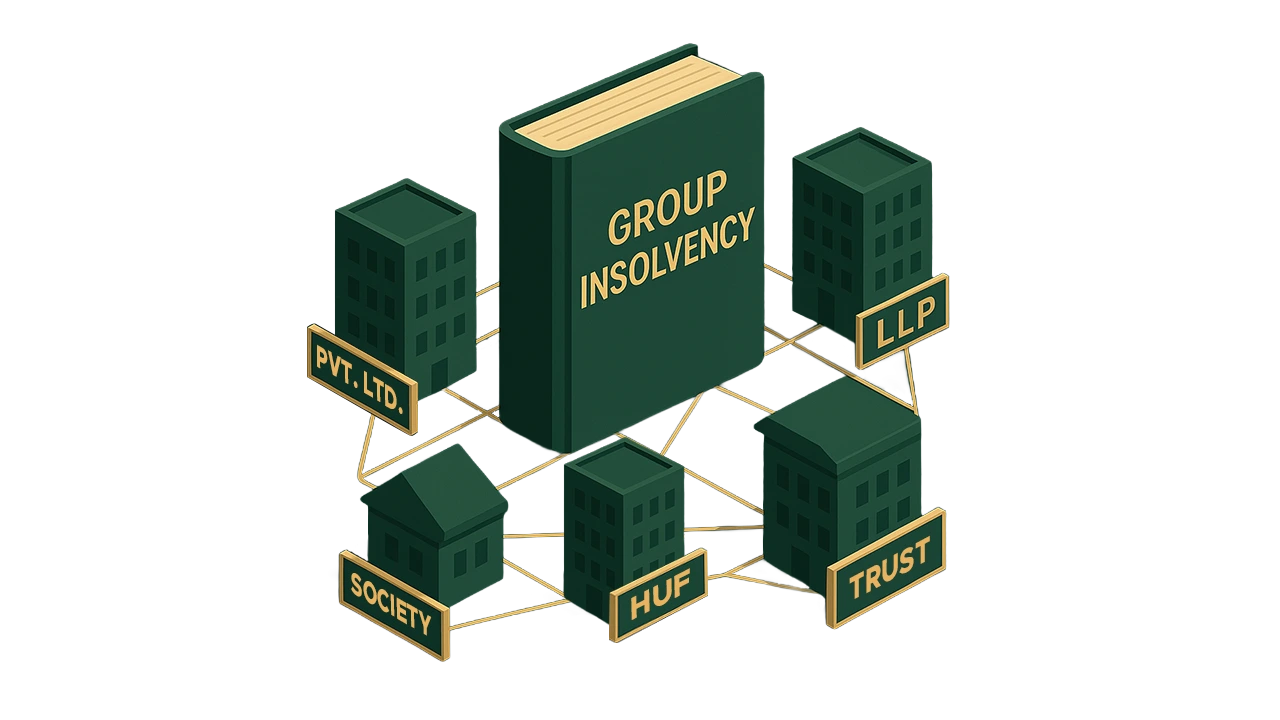An analysis on NGT’s order in [Panchtatva Foundation v. Ministry of Environment Forest and Climate Change & Ors]¹ seeking response from Union Govt. on concerns regarding the disruptive effects of Artificial Light At Night (ALAN)/Light Pollution on natural biological processes.
Introduction
On December 23, 2024, the National Green Tribunal (NGT), with a coram of Chairperson Justice Prakash Shrivastava and Expert Member Dr. A Senthil Vel, heard an application [Panchtatva Foundation v. Ministry of Environment Forest and Climate Change & Ors] filed by the pro bono environmental organization Panchtatva Foundation. The application raised critical concerns regarding the disruptive effects of Artificial Light At Night (ALAN) on natural biological processes.
The applicant highlighted that ALAN adversely impacts human circadian rhythms, disturbs nocturnal wildlife, affects plant physiology, and interferes with the behaviour of migratory species. Supporting these concerns, the Foundation cited studies, including the 2019 publication “Analyzing Trend in Artificial Light Pollution Pattern in India using NTL Sensor’s Data” in Urban Climate, and referred to precedents where the NGT called for detailed studies of light pollution.
The primary issue raised was the absence of a regulatory framework in India governing artificial light. The applicant contended that this gap allows light pollution to proliferate, harming ecosystems and human health. After hearing the matter, the NGT sought responses from the Union Ministries of Environment, Forest and Climate Change, and Science and Technology, with the next hearing scheduled for April 17, 2025.
As we await further developments, it is crucial to examine India’s current stance on ALAN, the potential regulatory reforms, social challenges to implementing these regulations, and the legal aspects of tackling light pollution.
Regulatory Gaps and the Need for Reforms
India currently lacks specific laws regulating light pollution, leaving ALAN unaddressed under existing frameworks like the Environment (Protection) Act, 1986. Expanding this act to include light pollution as an environmental concern would be a crucial first step. The government could also introduce guidelines for shielded, low-intensity lighting, particularly in urban areas and biodiversity-sensitive zones.
Balancing Safety and Light Pollution Control
One of the key challenges in regulating ALAN is balancing environmental concerns with public safety. In India, street lighting is not just a convenience but a critical factor in preventing crimes and accidents, especially in dark and secluded areas.
In many cities, providing adequate street lighting remains a central issue during municipal elections. Regulating light pollution without compromising security and road safety would require smart, targeted solutions. For example, motion-sensitive lighting or dimming lights during off-peak hours could help reduce light pollution while maintaining safety standards.
Legal and Policy Considerations
Past NGT judgments, such as Anil Mehta v. State of Rajasthan, have recognized the need for further study and regulation of light pollution. As the Union Government prepares its response to the NGT’s order, it will need to balance public safety with environmental protection. Introducing a “light pollution index” or similar monitoring measures could help ensure compliance without overlooking safety concerns.
Conclusion
While the Panchtatva Foundation’s application has sparked necessary discussion on light pollution, any future regulations must carefully balance the need for environmental protection with human safety concerns, including crime prevention and road safety. The Union Government’s response to the NGT’s order will likely set the direction for how India manages ALAN in the years to come.
¹2024 SCC OnLine NGT 1853






